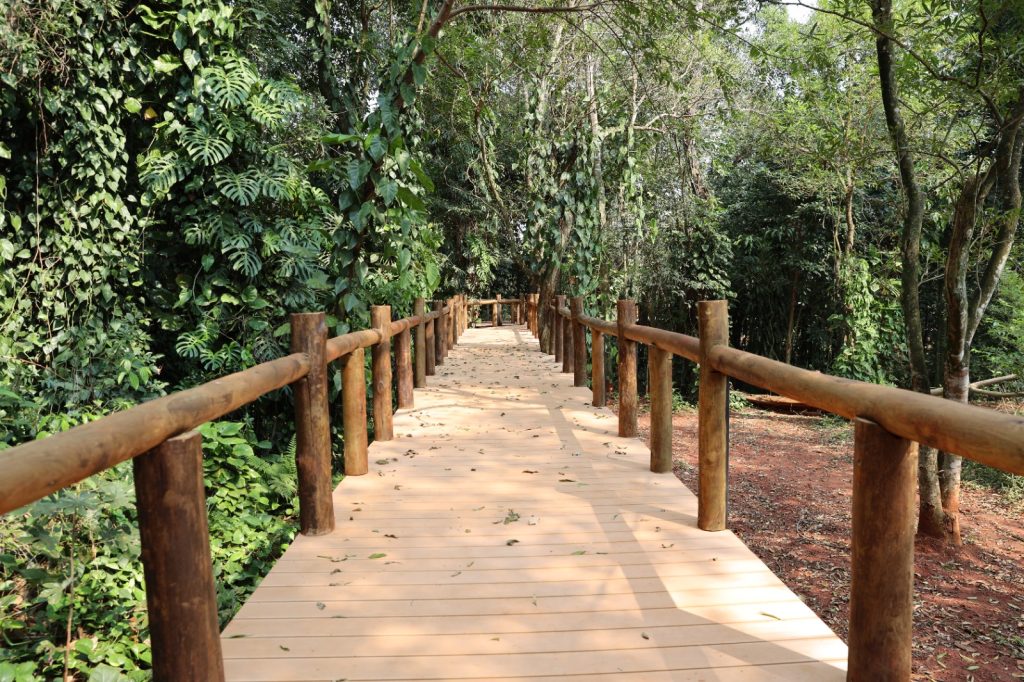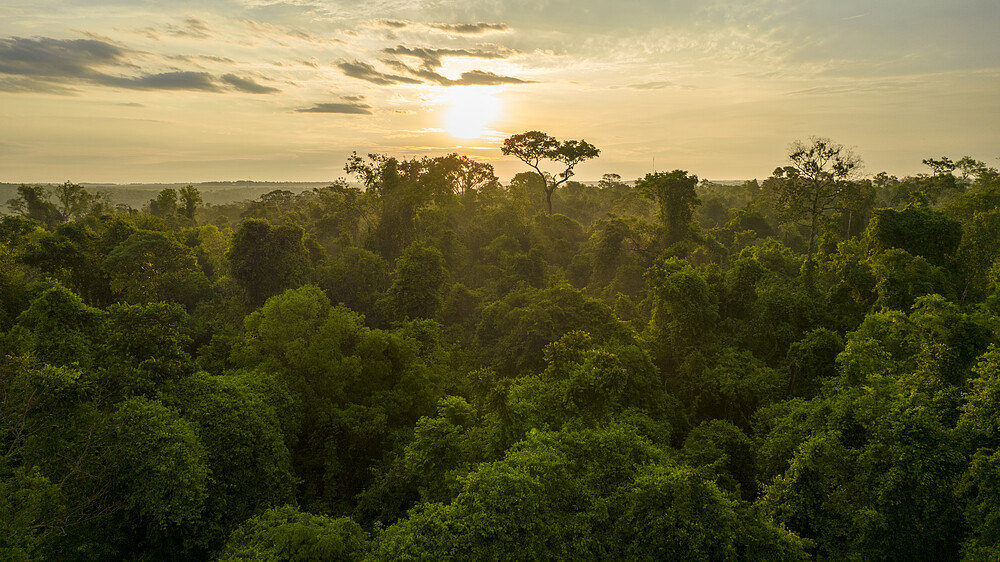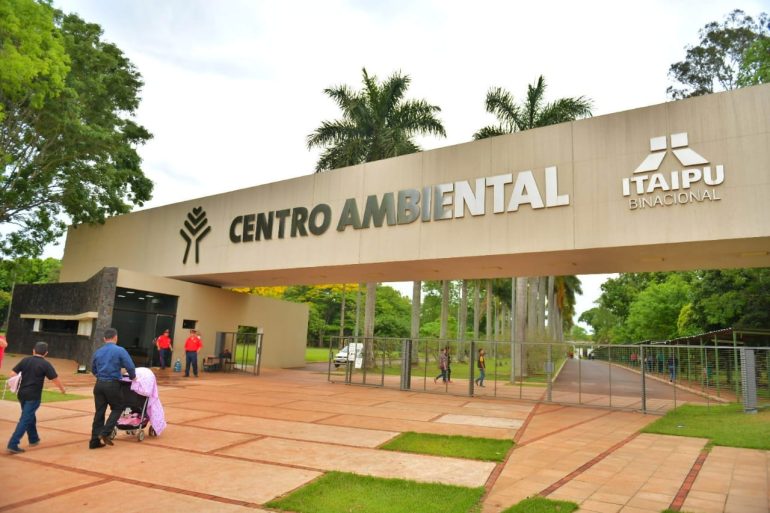In Hernandarias, in Paraguay’s Alto Paraná Department, the Tekotopa Environmental Centre serves as a hub for conservation, education, and research. The centre was established through a collaboration between Itaipu Binational and the Smithsonian Institution. Tekotopa’s mission is to preserve the biodiversity, water resources, and cultural heritage of the Atlantic Forest of Alto Paraná (BAAPA). The environment centre also aims to promote the region’s sustainable development.
The centre focuses on four areas: biodiversity conservation, sustainable regional development, enhancement of natural and cultural resources, and scientific research. Tekotopa’s vision is to become a global leader in inspiring commitment to sustainability through science and by connecting people with nature.
The name “Tekotopa” comes from the Guaraní language. Tekove means life, existence, person, or being; topa means to find or discover. Together, Tekotopa translates to “an encounter with life.”
Importance of BAAPA preservation
The Atlantic Forest, recognised as one of the 200 most biologically important regions on Earth, is home to unique ecosystems found nowhere else. The protected areas of the BAAPA host at least 663 species of vascular and non-vascular plants, 31 species of amphibians, 43 species of reptiles, 465 species of birds, and 75 species of mammals.
Key mammals include jaguars, pumas, ocelots, tapirs, deer, peccaries, coatis, bush dogs, and various monkeys. The birdlife is equally remarkable, featuring endangered species such as the yacutinga, saw-billed duck, vinaceous-breasted parrot, bellbird, and harpy eagle.
The region’s flora includes a rich variety of trees, such as the kurupa’y, yvyra pytã, yvyra ro, Paraná pine, and tajy (Paraguay’s national tree). The area also has orchids and many other plant species that contribute to exceptional botanical biodiversity.
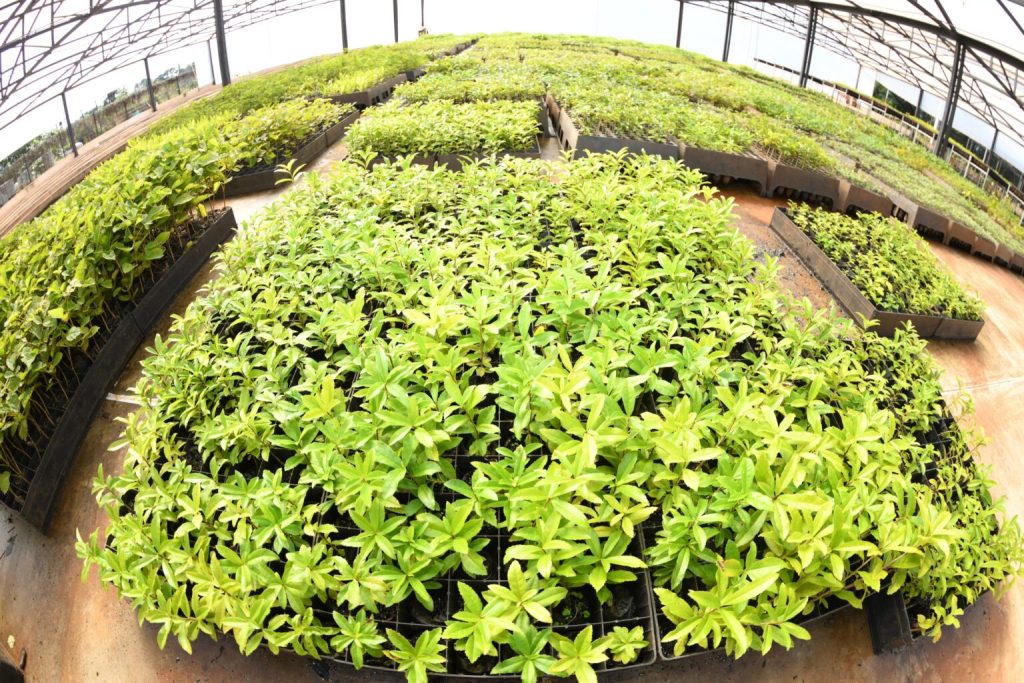
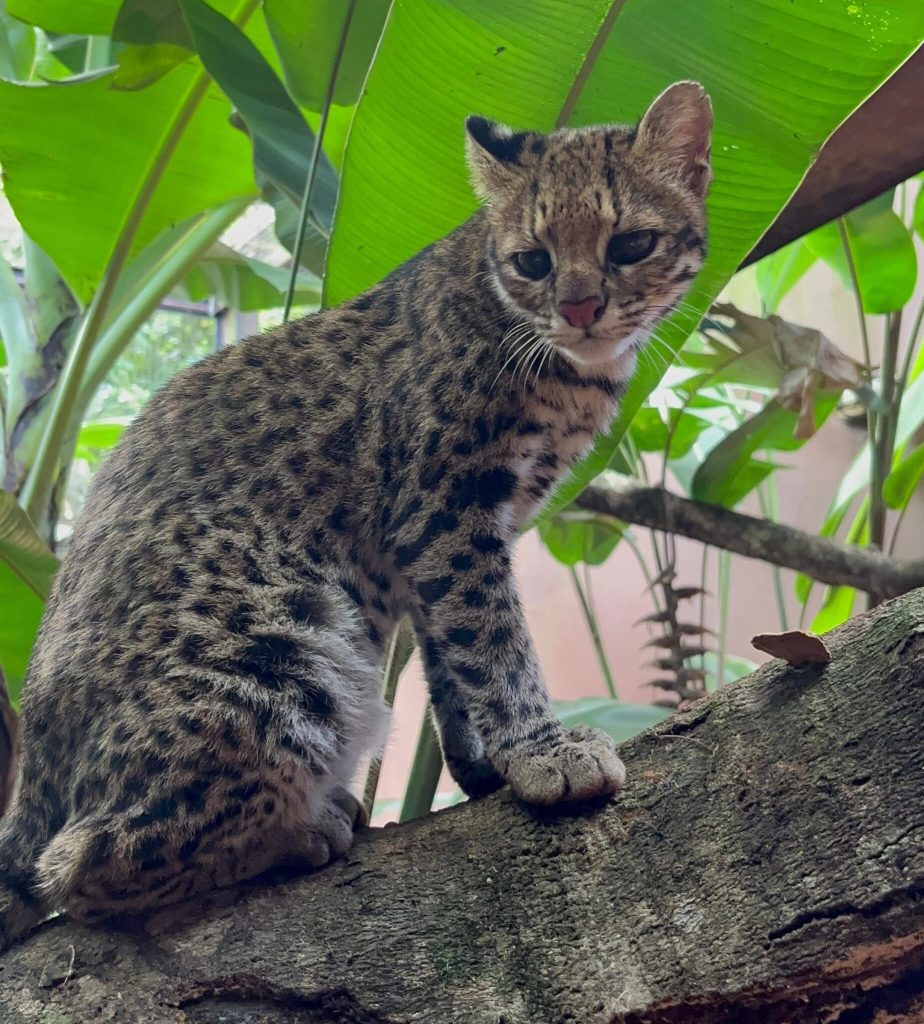
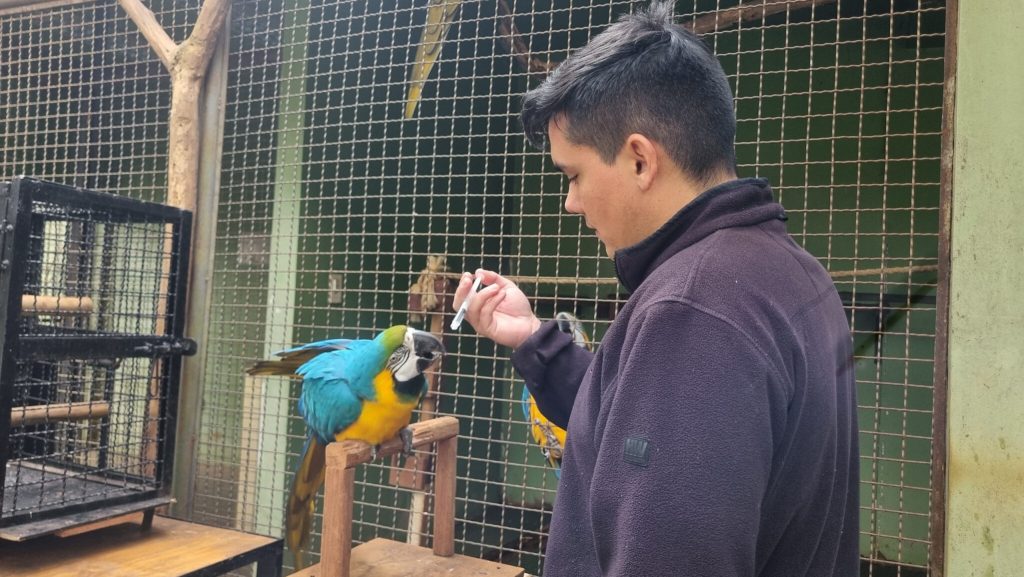
Tekotopa and its four areas of impact
Tekotopa’s four impact areas work together to fulfil the centre’s mission. The biodiversity conservation area manages fauna, flora, ecosystems, and climate through facilities such as the Wild Animal Research Centre (CIASI), the Forest Nursery and Medicinal Plant Garden, and the Aquaculture Station.
The sustainable regional development area delivers educational programmes. These are designed to inspire and promote a connection between people and the natural and cultural heritage of the BAAPA. The area also emphasises renewable energy, the adoption and dissemination of sustainability strategies, and the promotion of sustainable construction techniques.
The enhancement of natural and cultural resources area also offers educational experiences. The goal is to strengthen local identity, preserve sustainable practices, and safeguard ancestral environmental knowledge. The Tierra Guaraní Museum plays a central role in these efforts.
The scientific research area conducts applied and innovative studies to address conservation challenges affecting species and ecosystems within ITAIPU and BAAPA’s protected areas. This includes solutions for species conservation, and training professionals in animal sciences. The scientific research also works into restoration, BAAPA ecology, and generating and sharing research through publications, books, and public presentations.
Recent activities at the Tekotopa Environmental Centre
In the first half of 2025, Tekotopa’s forest nursery produced 616,569 seedlings from 97 species. The nursery include lapacho, jacaranda, yvyra pytã, and various medicinal plants. The medicinal garden contains 65 herb species, such as jaguarete ka’a and agrial, along with endangered plants like cangorosa and horsetail.
In wildlife management, notable progress was made with the transfer of macaws, mytus, toucans, parrots, pumas, and other animals to the Jaguarete Trail (Sendero del Jaguarete). This space recreates their natural habitat under human care. In July, a tirica was returned to its original environment after being irregularly removed from its habitat. The feline underwent months of rehabilitation before being safely reintroduced.
In early August, experts from the Smithsonian’s National Zoo and Conservation Biology Institute and Colombia’s Cali Zoological Foundation participated in talks, workshops, and technical visits at Tekotopa. These sessions aimed to share knowledge and assess the management of the forest nursery and the green areas of the Jaguarete Trail.
Environmental education efforts also continue at Tekotopa through the Conservation Education Programme. This initiative covers thematic areas including water, biodiversity, climate change, renewable energy, and cultural and natural heritage. Based on these topics, professionals develop educational materials, workshops, and other activities to raise visitors’ awareness about conserving the BAAPA.
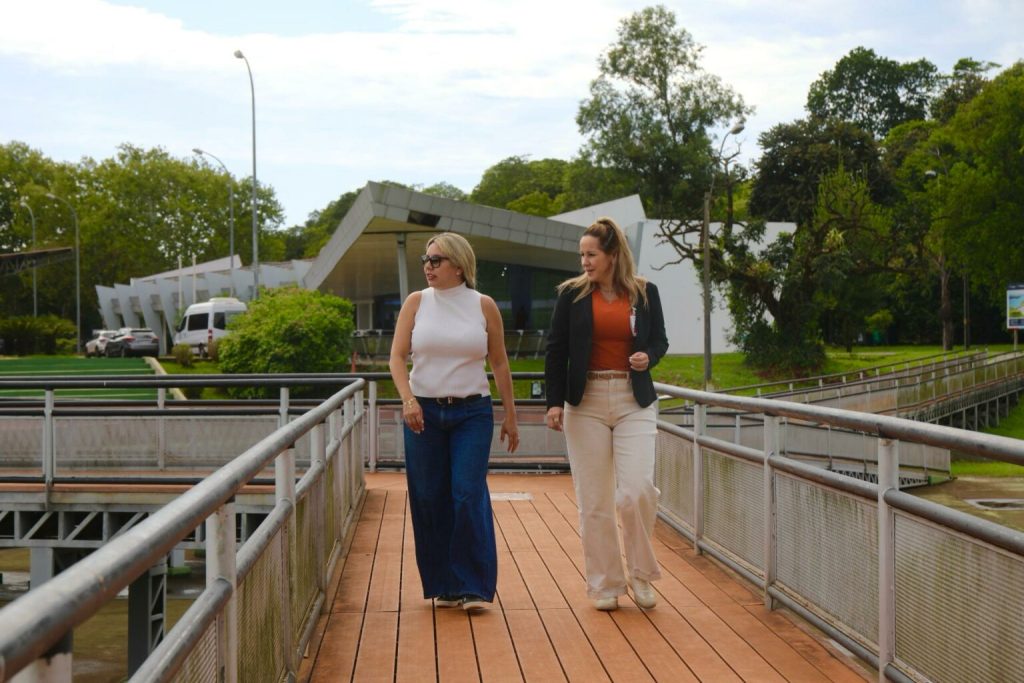
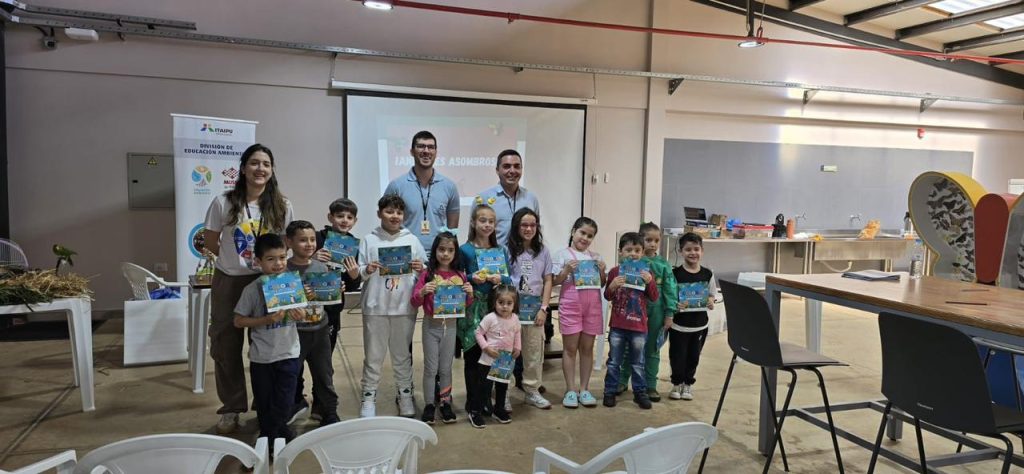
A sustainable touristic destination
The Tekotopa Environmental Centre is set to become a sustainable tourist destination with great potential. Once open to the public, visitors will be able to explore exhibits on local wildlife, walk along interpretive trails, visit a museum, and enjoy educational displays on topics such as flora, fauna, water, and energy.
Last March, Tourism Minister Angie Duarte visited Tekotopa to see the progress of this project firsthand. During the visit, she toured the different areas of the renovated site, which is currently undergoing a transformation to optimise research activities and prepare to welcome visitors.
“We want to raise awareness of this magnificent wildlife conservation project, which will be one of the main tourist attractions in Alto Paraná and Mercosur,” said the minister.
Read more: Itaipú Environmental Centre Welcomes Capybaras In Exchange Programme.
